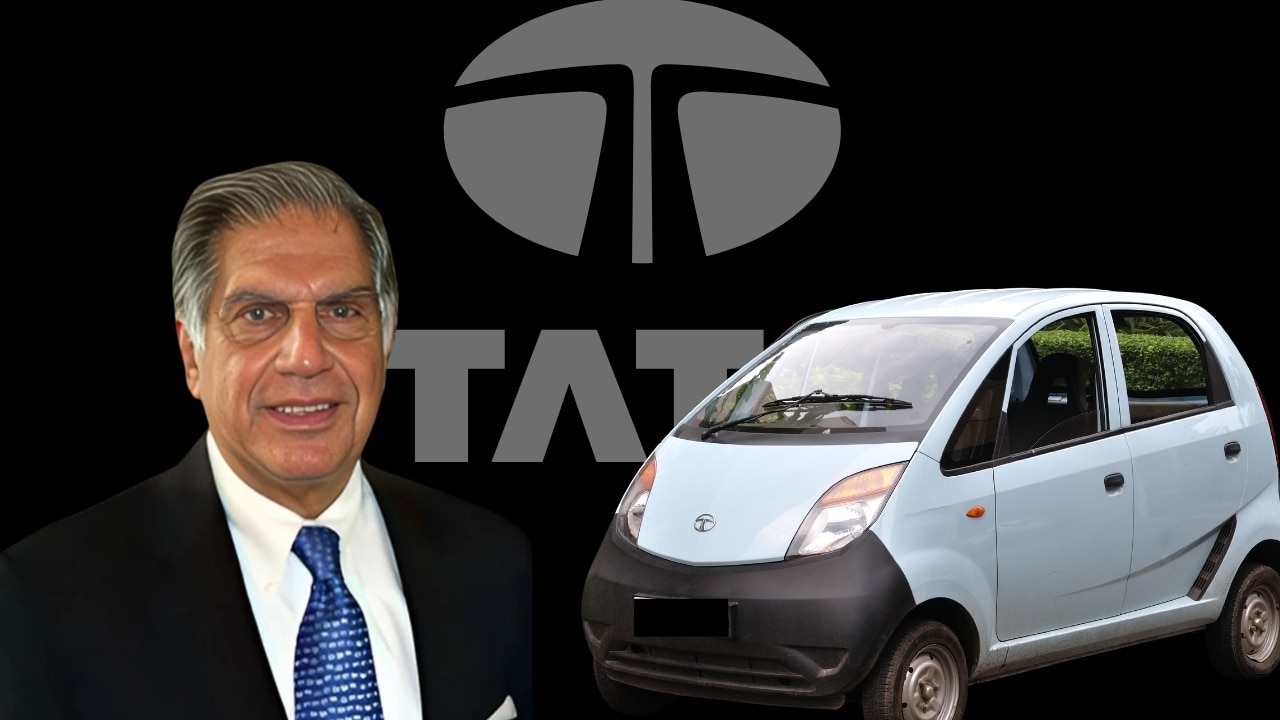Ratan Tata’s vision behind the Tata Nano aimed to provide affordable, safe transportation for millions, creating the world’s most economical car and revolutionizing mobility in India.
New Delhi. Ratan Tata, one of India’s most respected industrialists and former chairman of Tata Group, is known for his remarkable vision and dedication to societal progress. One of his most ambitious undertakings was the creation of the Tata Nano, a car designed to bring affordable mobility to millions of Indians.
The Spark Behind the Nano
The idea for the Tata Nano was born from an observation that Ratan Tata made while traveling across India. He often saw entire families riding on two-wheelers, exposed to the elements and traffic hazards. He empathized with their need for a safer, more practical alternative. This motivated him to conceptualize a car that would be both accessible and affordable to the average Indian family, setting an unprecedented target of pricing the car at just one lakh rupees (about $2,500).
The aim was not merely to build a car but to offer a safe and reliable means of transportation, improving the quality of life for those who couldn’t afford traditional cars.
The Making of the Tata Nano
In 2008, Tata Motors unveiled the Tata Nano, making waves across the global automotive industry. The car was designed with simplicity and cost-efficiency in mind, incorporating only essential features to keep production costs low. Engineers reimagined everything from the chassis to the engine to achieve this goal.
The Nano featured a 624cc rear-engine, a lightweight build, and space for four passengers. Despite its low price, it was engineered to meet safety standards and was fuel-efficient, making it a suitable option for city driving.
The car’s creation required innovative approaches, such as reducing materials, optimizing manufacturing processes, and sourcing cost-effective components. The Nano symbolized the power of “frugal innovation,” focusing on delivering maximum value at minimal cost.
The Challenges Faced
Although the launch generated excitement, the Nano faced several hurdles. The car was initially perceived as a “budget” vehicle, which led to a misunderstanding of its purpose. Many consumers saw cars as a status symbol, and the minimalist design of the Nano, intended to keep costs down, did not appeal to this sentiment. There were also production delays, along with technical issues in the early models, which affected the car’s reputation.
In addition, marketing challenges arose as the Nano was branded as the “world’s cheapest car,” which, while accurate, deterred aspirational buyers who associated cars with prestige.
Ratan Tata’s Determination
Despite these setbacks, Ratan Tata remained committed to the Nano’s vision. His focus was not on profits but on fulfilling a promise to provide safe, affordable mobility to the masses. He reflected on the lessons learned from the Nano project, acknowledging missteps but standing firm in his belief that the car represented an important step toward greater social impact.
The Tata Nano’s Legacy
While the Tata Nano did not achieve the commercial success initially anticipated, it left a lasting legacy in the automotive world. Its innovative design and cost-effective engineering sparked discussions on how to build affordable cars globally. The Nano became a symbol of bold thinking and ambition, showcasing how one man’s desire to address a societal need could lead to a groundbreaking project.
Though production of the Nano ended in 2018, Ratan Tata’s vision remains a testament to his dedication to innovation and making a difference. The Tata Nano, despite its challenges, embodied the idea that transformative change often comes from daring to challenge the status quo and pursuing a mission with purpose







